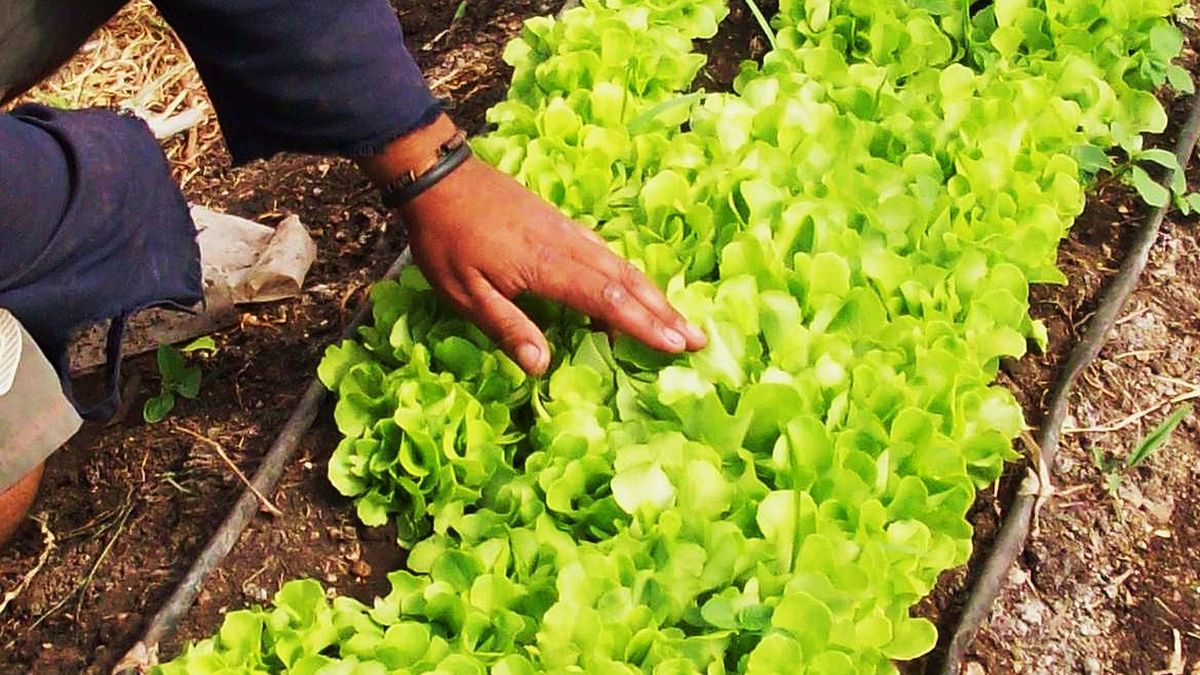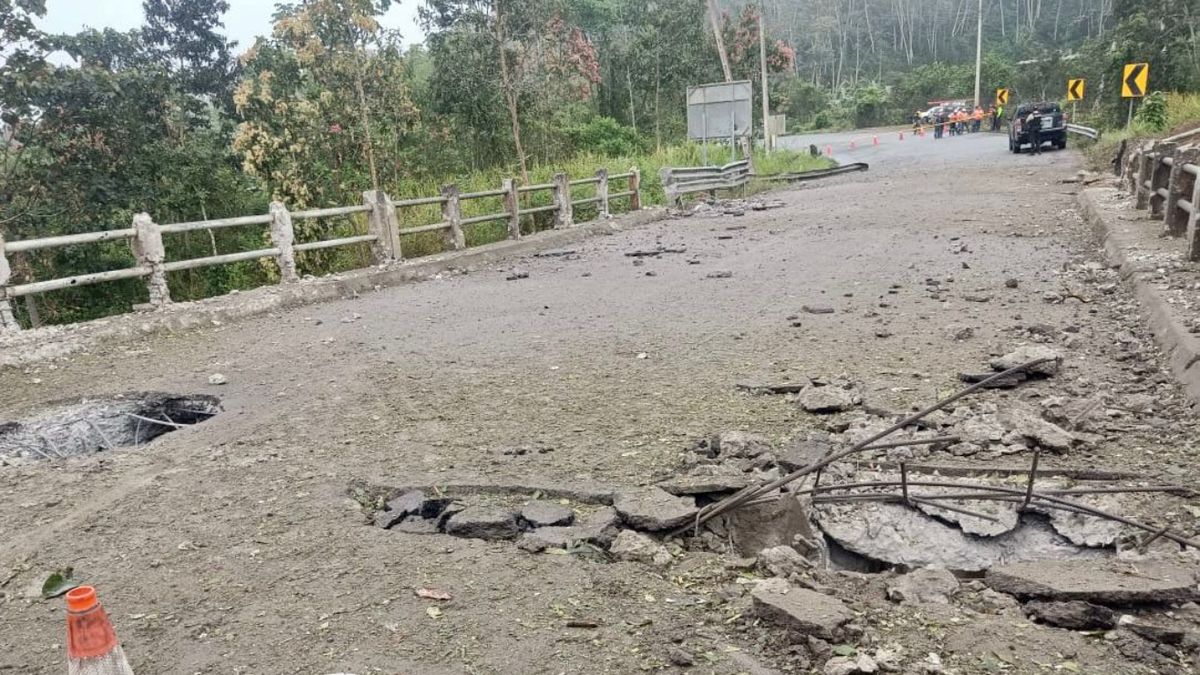Within the framework of the agricultural emergency, the portfolio will allocate another $10 million through the General Directorate of Rural Development.
Seeking to address the current agricultural emergency due to water deficit, the Ministry of Livestock, Agriculture and Fisheries (MGAP), through the General Directorate of Rural Development (DGDR), he allocated some 10 million pesos for a special line of credit called “PRM Drought Line“, which is included in the Rural Microcredit Program of the DGDR.
The content you want to access is exclusive to subscribers.
The maximum amount of capital that producers may request is 100,000 pesoswith a effective annual rate of 15%and by a term of 12 to 24 months. Those who request the credit will have a 6-month grace period, and they must pay the fees monthly, semi-annually or annually (depending on their production system). The guarantee is a second signature and the funds must be allocated to water improvements for the properties, agricultural production, or the restart of the productive cycle (excluding the purchase of animals).


The PMR Sequía Line will be available to producers who are linked to the Rural Microcredit Program. They will be able to access this new line of credit through the Credit Analyst in their territory.
The drought had an impact on the economy and psychology, said Carlos Rydström
The director of Rural Development, Carlos Rydstromassured that “another important tool is specified for family production and the entire rural population”, something relevant “at this time of negative effect on the economic, productive and psychologicalin the framework of an agricultural emergency product of the water deficit”.
In turn, he commented that it is crucial “to be able to maintain and strengthen this tool, which is always available and close to the producer, and which adds to the other tools.” For the hierarch, “the resilience of family production and of this program are put to the test again to demonstrate that it is a strong tool and adapted to the reality of rural areas.”
Source: Ambito




